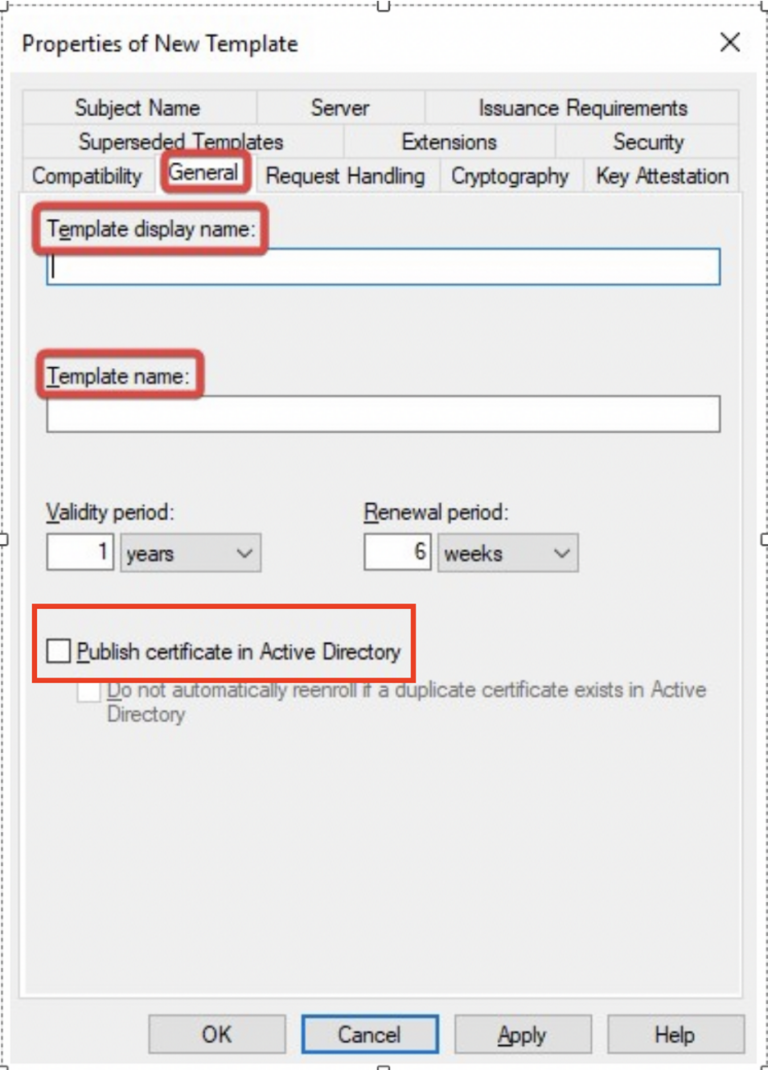When a system attempts to issue a digital certificate, it typically requires a pre-defined structure or blueprint. This blueprint, known as a certificate template, specifies the type of certificate, its intended use, the validity period, and other crucial parameters. The absence of this template during the certificate issuance process results in an error condition, preventing the successful generation of the certificate. This signifies that the requesting entity has not provided the necessary information for the system to construct a valid certificate.
Ensuring the presence of a properly configured template offers several advantages. It streamlines the certificate issuance process, making it more efficient and less prone to errors. Standardized templates enforce consistency in certificate attributes, simplifying management and validation. They also enhance security by guaranteeing adherence to predefined security policies, minimizing the risk of issuing certificates with inappropriate permissions or weak cryptographic settings.
Read more
